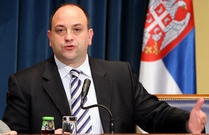- Serbia
Get to know Serbia
- Citizens
Culture and science
Health services
Pension and disability insurance
- Business
Employment
Economy
- Media
- Government
- Contact
Keep in touch
Contact form
Back
Keepin touch
Whether you have a question, comment, suggestion or any problem in the purview of the government, send us your message and we will try to respond as soon as possible. If your problem is not in our purview, we will forward your message to the relevant institution.
Q:
A:
Strategy for foreign investment development presented
Belgrade,
17 May 2006
Serbian Minister of International Economic Relations Milan Parivodic said today that the Strategy for encouraging and developing foreign investment envisages that in ten years' time Serbia be the EU member with the most dynamic economy in southeastern Europe and with a GDP of $10,000 per capita.
Parivodic told a press conference held at the Serbian government, at which this document was presented, that the level of foreign investment in Serbia in the next 10 years could range from €2 billion to €6 billion per year, depending on the chosen pace of reforms stipulated by this strategy.
He said that depending on the consistency in implementation of reforms envisaged by this strategy, Serbia could enter between 10th and 75th place on the list of the countries ranked according to economic freedom and number of investors Serbia currently holds 140th place out of the total of 200 countries.
According to Parivodic, the strategy is a liberal and comprehensive document that advocates the demonopolisation of Serbia, an open and dynamic economy, and is marked by the spirit of the modern economy.
Assistant Minister of International Economic Relations Velimir Gavrilovic specified that the aims of the strategy are the increase in the number and value of new investments in the sectors of production and services, as well as easier access for investors and support to their efforts to realise planned investments in Serbia.
He added that this document also aims at providing support and benefits to the existing investors, as well as a qualitative and quantitative increase in the number of internationally competitive products and services.
Gavrilovic said that the effects of the increased investment inflow would be the creation of new, good jobs, increased exports, transfer of technology and know-how, improvement of human resources, increased competitiveness of the economy, inclusion in the international market, as well as better living standards and poverty reduction.
According to Gavrilovic, the current level of foreign direct investment in Serbia is low when compared to neigbouring countries and those investments are mostly directed at the purchase of domestic market. On the other hand, the level of foreign investment into export-oriented firms is low and there is insufficient organisation and poor coordination of state bodies in encouraging these investments.
The Assistant Minister of International Economic Relations recalled that Serbia is the lowest-ranked among transition countries regarding the total amount of foreign investment per capita in the period from 1990 to 2004. The figure stands at $526, whereas in the top-ranked Estonia it was $7,330, he said.
Gavrilovic explained that the strategy will be implemented through a reform of regulations, strengthening of institutional capacities, activities for advancing Serbia's competitiveness and promoting the country as an investment destination. He added that all ministries, as well as the state and regional foreign investment agencies, local self-governments and the private sector, are taking part in the implementation of the strategy.
He said that depending on the consistency in implementation of reforms envisaged by this strategy, Serbia could enter between 10th and 75th place on the list of the countries ranked according to economic freedom and number of investors Serbia currently holds 140th place out of the total of 200 countries.
According to Parivodic, the strategy is a liberal and comprehensive document that advocates the demonopolisation of Serbia, an open and dynamic economy, and is marked by the spirit of the modern economy.
Assistant Minister of International Economic Relations Velimir Gavrilovic specified that the aims of the strategy are the increase in the number and value of new investments in the sectors of production and services, as well as easier access for investors and support to their efforts to realise planned investments in Serbia.
He added that this document also aims at providing support and benefits to the existing investors, as well as a qualitative and quantitative increase in the number of internationally competitive products and services.
Gavrilovic said that the effects of the increased investment inflow would be the creation of new, good jobs, increased exports, transfer of technology and know-how, improvement of human resources, increased competitiveness of the economy, inclusion in the international market, as well as better living standards and poverty reduction.
According to Gavrilovic, the current level of foreign direct investment in Serbia is low when compared to neigbouring countries and those investments are mostly directed at the purchase of domestic market. On the other hand, the level of foreign investment into export-oriented firms is low and there is insufficient organisation and poor coordination of state bodies in encouraging these investments.
The Assistant Minister of International Economic Relations recalled that Serbia is the lowest-ranked among transition countries regarding the total amount of foreign investment per capita in the period from 1990 to 2004. The figure stands at $526, whereas in the top-ranked Estonia it was $7,330, he said.
Gavrilovic explained that the strategy will be implemented through a reform of regulations, strengthening of institutional capacities, activities for advancing Serbia's competitiveness and promoting the country as an investment destination. He added that all ministries, as well as the state and regional foreign investment agencies, local self-governments and the private sector, are taking part in the implementation of the strategy.
-
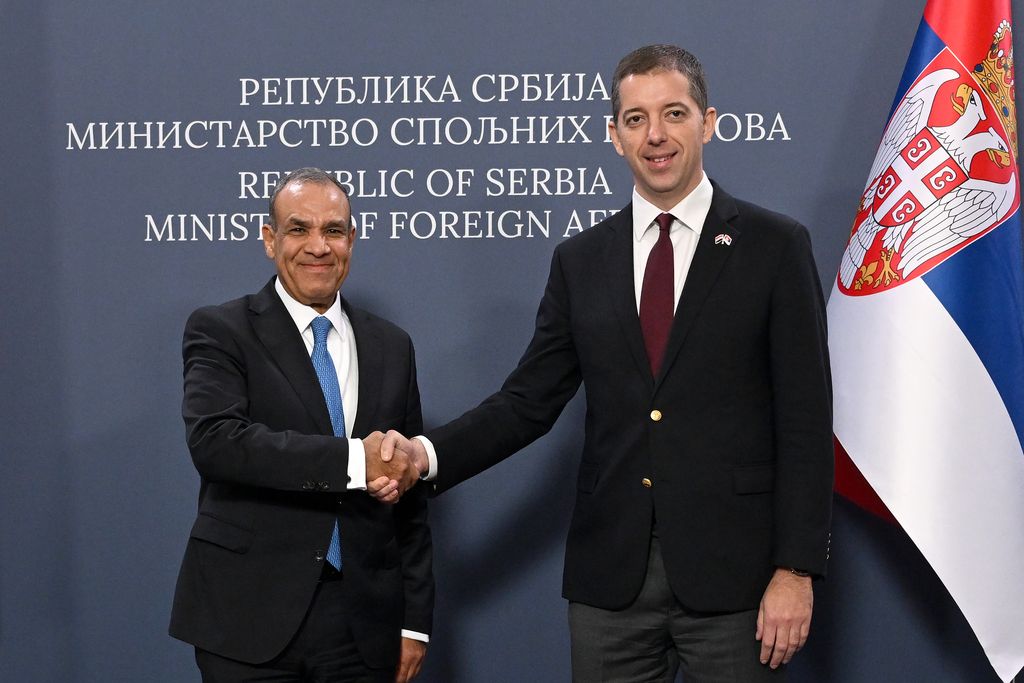 Belgrade, 22 January 2025
Belgrade, 22 January 2025Egypt one of Serbia’s closest partners on international stage
-
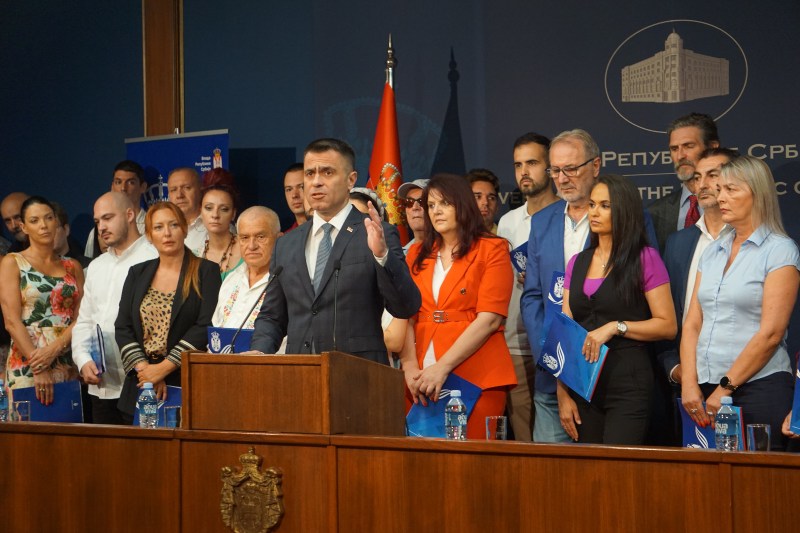 Belgrade, 9 July 2024
Belgrade, 9 July 2024Support for 104 associations in diaspora that preserve Serbian language, culture
-
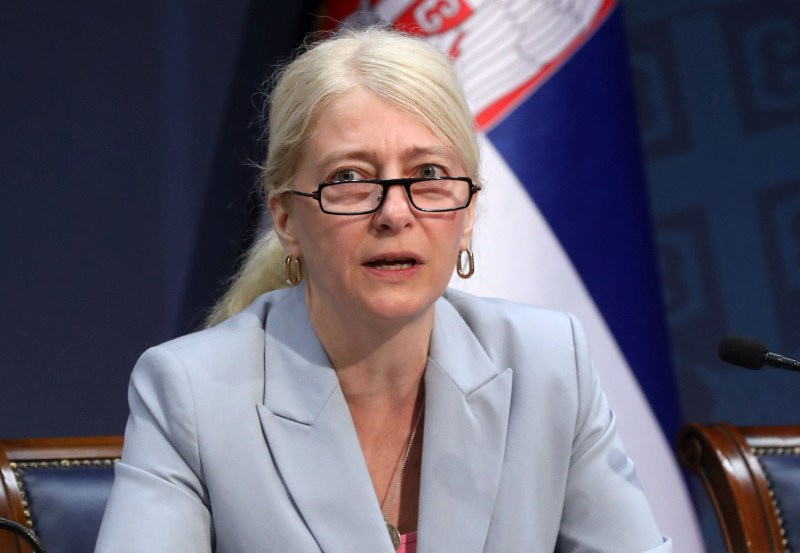 Belgrade, 15 April 2024
Belgrade, 15 April 2024Competition for StarTech grants open until 31 May
-
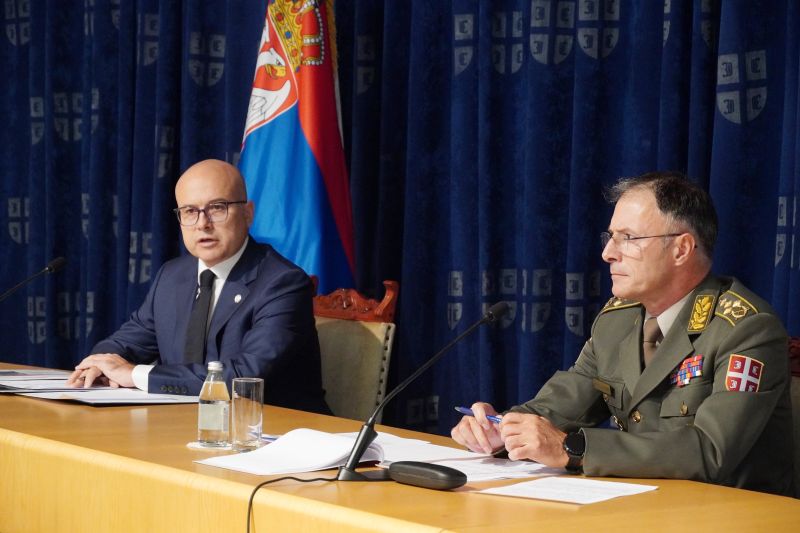 Belgrade, 2 October 2023
Belgrade, 2 October 2023Serbia respects Resolution 1244 and will do everything to preserve peace
-
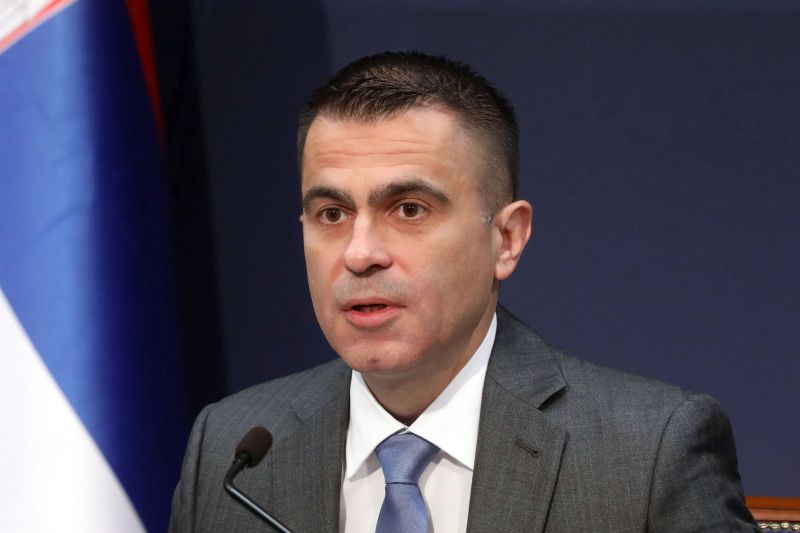 Belgrade, 13 September 2023
Belgrade, 13 September 2023Day of Serbian Unity to be celebrated outside borders of Serbia, Republika Srpska for the first time
-
 Belgrade, 8 August 2023
Belgrade, 8 August 2023RSD 24.2m in state aid paid out to citizens affected by storm
-
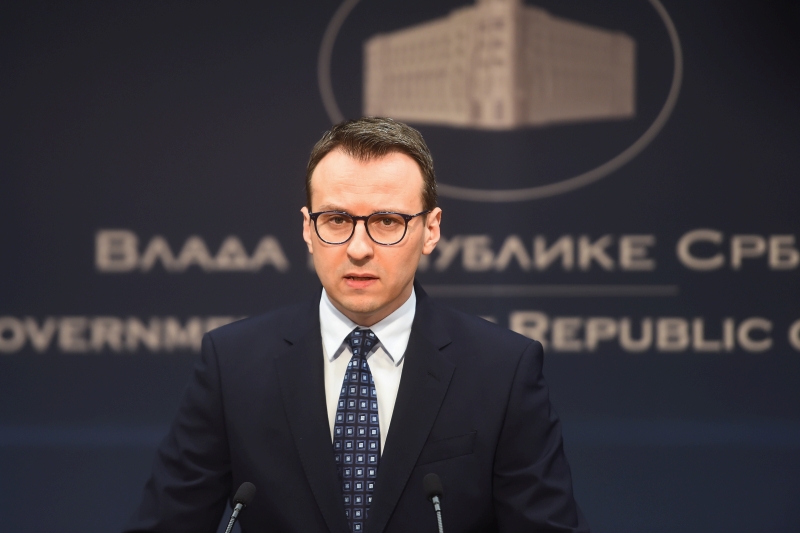 Belgrade, 17 June 2023
Belgrade, 17 June 2023Belgrade is doing everything to preserve peace in Kosovo and Metohija
-
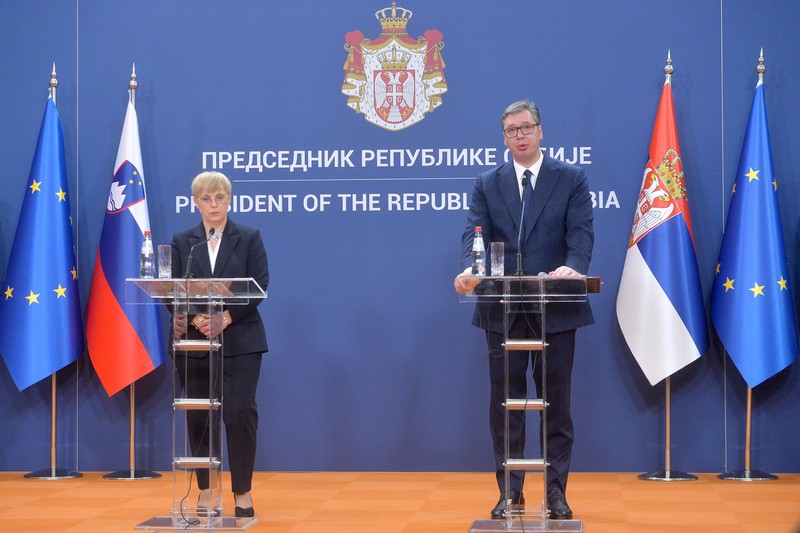 Belgrade, 15 June 2023
Belgrade, 15 June 2023Slovenia will continue to support Serbia on its way to EU
-
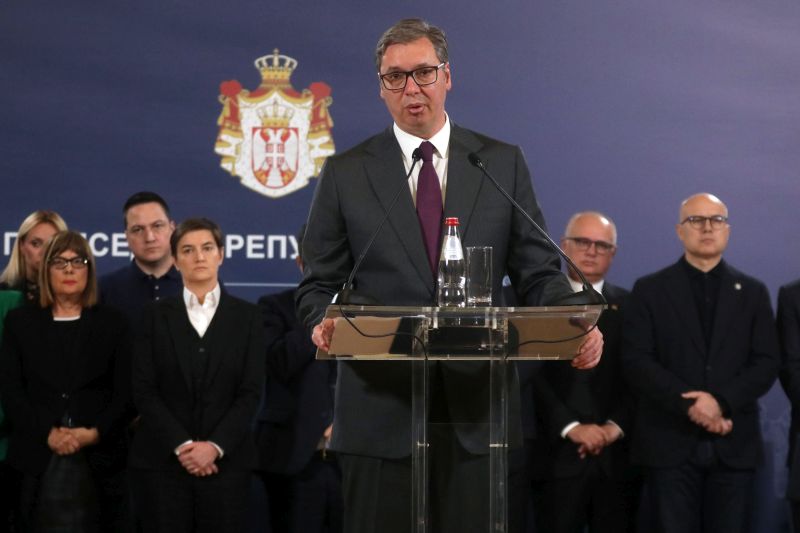 Belgrade, 5 May 2023
Belgrade, 5 May 2023Emergency measures, tightening of conditions for possessing weapons
-
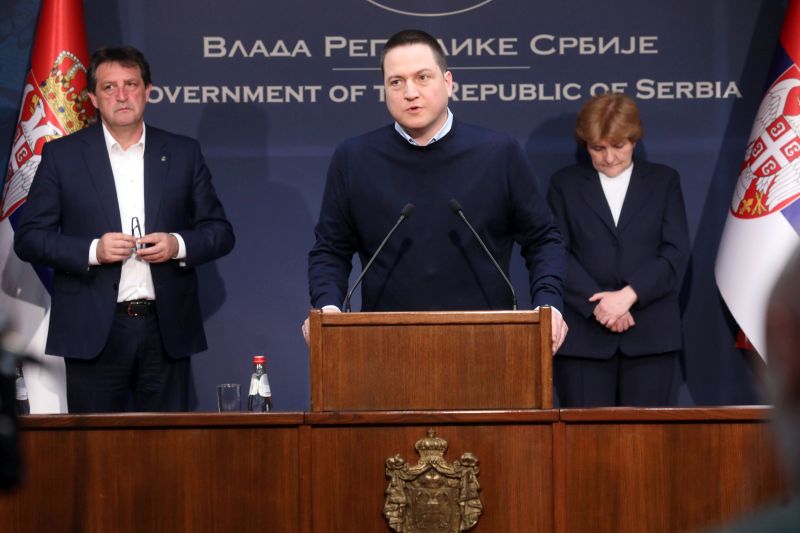 Belgrade, 3 May 2023
Belgrade, 3 May 2023Three days of mourning in Serbia over tragedy at Vladislav Ribnikar primary school

